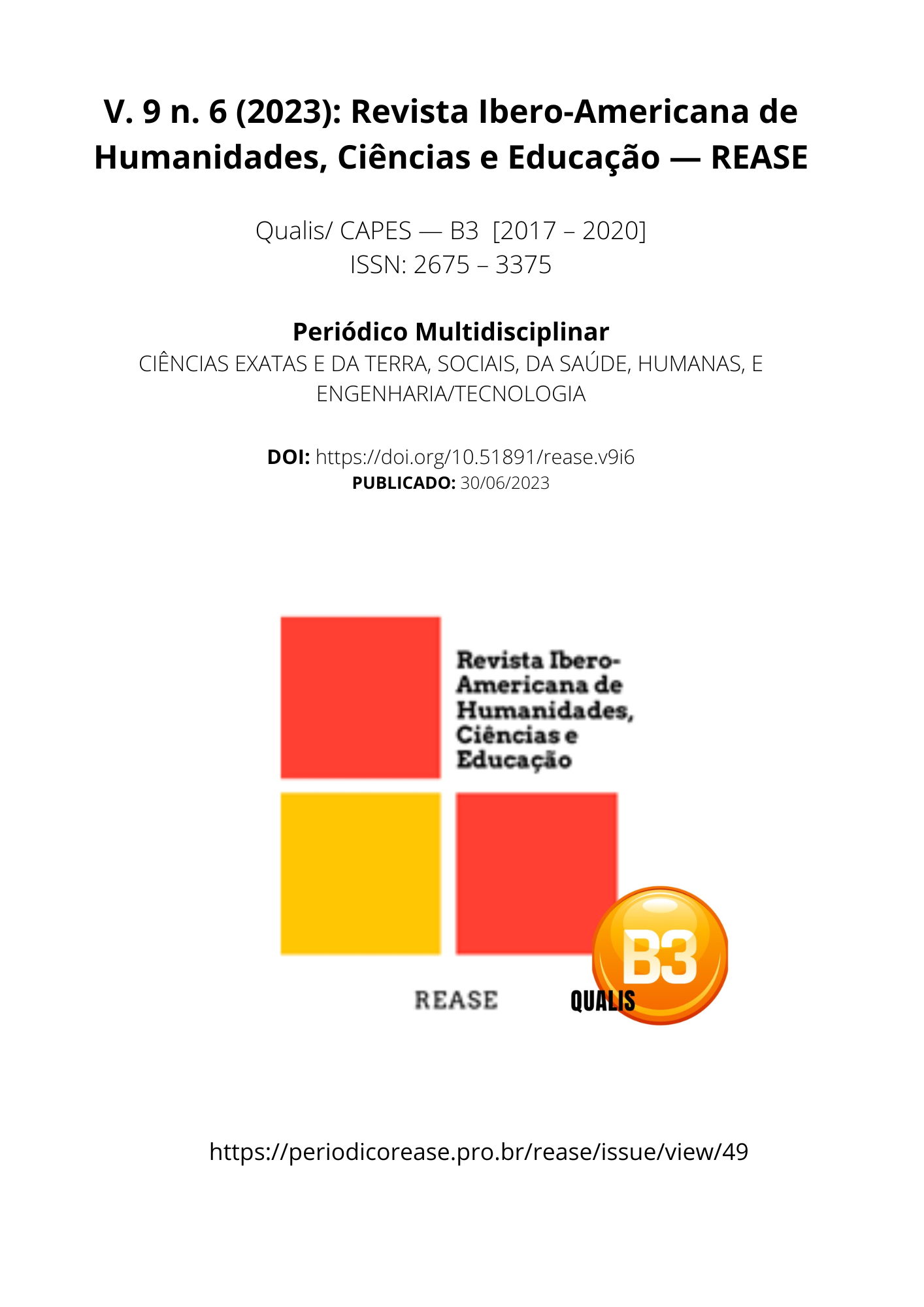PHARMACEUTICAL CARE: PHARMACEUTICAL PRESCRIPTION AS AN ALTERNATIVE TO COMBAT SELF-MEDICATION IN BRAZIL
DOI:
https://doi.org/10.51891/rease.v9i6.10133Keywords:
Self-medication. Pharmaceutical attention. Dispensation. Pharmaceutical Prescription.Abstract
Introduction: Self-medication is a recurrent public health problem in Brazil, responsible for intoxication and deaths due to the irrational use of drugs by patients. Despite being part of Brazilian culture, this practice is inadmissible from a public health point of view, since it has irreversible consequences for the patient and because it is a reproachable attitude by legislation and, mainly, by medicine. Objective: To understand how pharmaceutical care can combat self-medication, through the correct prescription and dispensing of drugs. Methodology: A bibliographic research of the integrative review type was carried out, with a descriptive and qualitative approach. For this purpose, 5 articles were used, identified by title and abstract and critically analyzed, using the Boolean AND search engine in combination with the descriptors “self-medication”, “pharmaceutical care”, “dispensing” and “pharmaceutical prescription”, the from the Scielo, Lilacs, Medline and Bireme databases. Results and Discussion. The literature is vehement about the risks of self-medication, especially among women, and warns that it can cause irreparable harm to the patient's health, including death. Conclusion: It is believed that self-medication has several factors, and pharmaceutical action is essential in order to control the dispensing of drugs, paying attention to technical and legal aspects.
Downloads
Downloads
Published
How to Cite
Issue
Section
Categories
License
Atribuição CC BY

